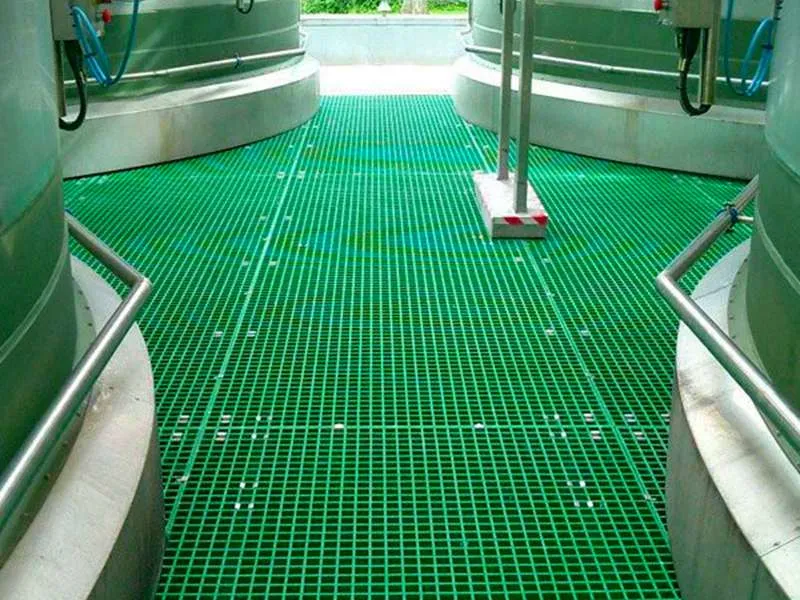
-
 Afrikaans
Afrikaans -
 Albanian
Albanian -
 Amharic
Amharic -
 Arabic
Arabic -
 Armenian
Armenian -
 Azerbaijani
Azerbaijani -
 Basque
Basque -
 Belarusian
Belarusian -
 Bengali
Bengali -
 Bosnian
Bosnian -
 Bulgarian
Bulgarian -
 Catalan
Catalan -
 Cebuano
Cebuano -
 China
China -
 China (Taiwan)
China (Taiwan) -
 Corsican
Corsican -
 Croatian
Croatian -
 Czech
Czech -
 Danish
Danish -
 Dutch
Dutch -
 English
English -
 Esperanto
Esperanto -
 Estonian
Estonian -
 Finnish
Finnish -
 French
French -
 Frisian
Frisian -
 Galician
Galician -
 Georgian
Georgian -
 German
German -
 Greek
Greek -
 Gujarati
Gujarati -
 Haitian Creole
Haitian Creole -
 hausa
hausa -
 hawaiian
hawaiian -
 Hebrew
Hebrew -
 Hindi
Hindi -
 Miao
Miao -
 Hungarian
Hungarian -
 Icelandic
Icelandic -
 igbo
igbo -
 Indonesian
Indonesian -
 irish
irish -
 Italian
Italian -
 Japanese
Japanese -
 Javanese
Javanese -
 Kannada
Kannada -
 kazakh
kazakh -
 Khmer
Khmer -
 Rwandese
Rwandese -
 Korean
Korean -
 Kurdish
Kurdish -
 Kyrgyz
Kyrgyz -
 Lao
Lao -
 Latin
Latin -
 Latvian
Latvian -
 Lithuanian
Lithuanian -
 Luxembourgish
Luxembourgish -
 Macedonian
Macedonian -
 Malgashi
Malgashi -
 Malay
Malay -
 Malayalam
Malayalam -
 Maltese
Maltese -
 Maori
Maori -
 Marathi
Marathi -
 Mongolian
Mongolian -
 Myanmar
Myanmar -
 Nepali
Nepali -
 Norwegian
Norwegian -
 Norwegian
Norwegian -
 Occitan
Occitan -
 Pashto
Pashto -
 Persian
Persian -
 Polish
Polish -
 Portuguese
Portuguese -
 Punjabi
Punjabi -
 Romanian
Romanian -
 Russian
Russian -
 Samoan
Samoan -
 Scottish Gaelic
Scottish Gaelic -
 Serbian
Serbian -
 Sesotho
Sesotho -
 Shona
Shona -
 Sindhi
Sindhi -
 Sinhala
Sinhala -
 Slovak
Slovak -
 Slovenian
Slovenian -
 Somali
Somali -
 Spanish
Spanish -
 Sundanese
Sundanese -
 Swahili
Swahili -
 Swedish
Swedish -
 Tagalog
Tagalog -
 Tajik
Tajik -
 Tamil
Tamil -
 Tatar
Tatar -
 Telugu
Telugu -
 Thai
Thai -
 Turkish
Turkish -
 Turkmen
Turkmen -
 Ukrainian
Ukrainian -
 Urdu
Urdu -
 Uighur
Uighur -
 Uzbek
Uzbek -
 Vietnamese
Vietnamese -
 Welsh
Welsh -
 Bantu
Bantu -
 Yiddish
Yiddish -
 Yoruba
Yoruba -
 Zulu
Zulu
FRP Sand Pipe Applications and Benefits in Modern Construction Techniques
Understanding FRP Sand Pipes A Modern Solution for Demanding Applications
Fiber Reinforced Polymer (FRP) sand pipes are gaining popularity in various industries due to their exceptional properties and performance characteristics. As technology continues to advance, the need for materials that can withstand harsh environments and deliver reliability becomes more essential. This article dives into the benefits, applications, and construction of FRP sand pipes, highlighting why they are becoming the choice for many industrial applications.
What is FRP?
FRP, or Fiber Reinforced Polymer, is a composite material composed of a polymer matrix reinforced with fibers, such as glass, carbon, or aramid. The use of fibers imparts substantial strength and durability to the material while maintaining a lightweight profile. This combination of attributes makes FRP particularly appealing in applications where traditional materials, such as metals or concrete, may falter due to weight or susceptibility to corrosion.
The Benefits of FRP Sand Pipes
1. Corrosion Resistance One of the most significant advantages of FRP sand pipes is their resistance to corrosion. Unlike metal pipes that may rust and degrade over time when exposed to harsh chemicals or saltwater, FRP pipes provide a long-lasting solution. This characteristic is particularly beneficial for industries such as oil and gas, chemical processing, and wastewater management, where corrosive substances are commonplace.
2. Lightweight FRP sand pipes are considerably lighter than their metal counterparts. This makes them easier to handle and install, reducing labor costs and increasing efficiency during construction. The lightweight nature allows for reduced infrastructure requirements, such as lighter supports and foundations.
3. Chemical Resistance FRP materials can be engineered to resist a wide range of chemicals, making them ideal for transporting harsh substances. Their chemical compatibility ensures that the integrity of the pipes remains intact over extended periods, providing reliable service.
4. Durability These pipes are designed to withstand extreme temperatures and pressures, making them suitable for various environments. Their strength ensures that they can handle heavy loads and abrasive materials without compromising their structure.
frp sand pipe

5. Low Maintenance The durability and resistance to wear and corrosion translate to lower maintenance costs over the lifespan of the pipes. This feature is particularly valuable for industries looking to minimize operational expenses.
Applications of FRP Sand Pipes
FRP sand pipes find applications in a variety of fields, including
- Oil and Gas Used for transporting corrosive chemicals and effluents. - Water and Wastewater Management Providing solutions for sewage systems, treatment plants, and stormwater management due to their resistance to corrosion and biological degradation. - Hydraulic Applications Suitable for systems that require high strength and lightweight materials, such as hydraulic fracturing in the oil industry. - Mining Used in the transport of slurries and abrasives, where traditional metals might wear down quickly.
Construction of FRP Sand Pipes
The construction process of FRP sand pipes typically involves several steps
1. Material Selection Choosing the appropriate fiber reinforcements and resin based on the specific application. 2. Manufacturing Pipes can be manufactured using techniques like filament winding, pultrusion, or hand layup. Each method has its advantages depending on the required strength, diameter, and complexity of the application. 3. Quality Control Rigorous quality checks are performed during manufacturing to ensure that the pipes meet industry standards and specifications. 4. Installation With their lightweight nature, FRP sand pipes can be easily transported to the site and installed efficiently, minimizing downtime and cost.
Conclusion
As industries continue to look for innovative solutions to meet their demanding applications, FRP sand pipes emerge as a powerful alternative. Their unique combination of corrosion resistance, lightweight nature, durability, and low maintenance makes them a superior choice for various sectors. With the growing emphasis on sustainability and efficiency, the use of FRP materials is likely to increase, positioning them as a staple in modern engineering solutions. As technology progresses, the future of FRP sand pipes looks promising, paving the way for even more advancements in materials science and engineering.









